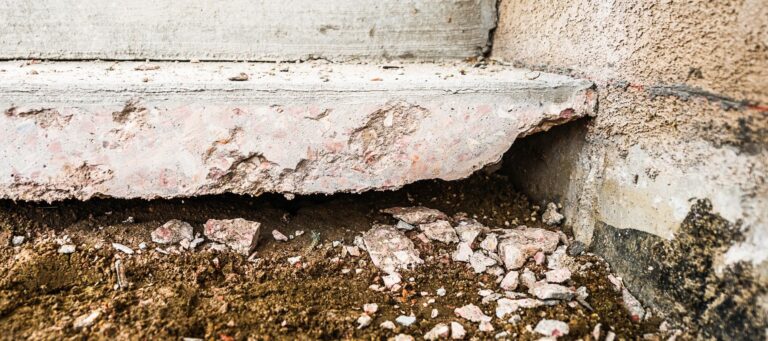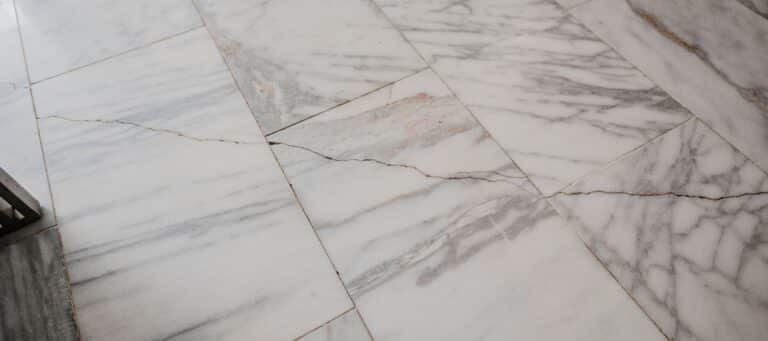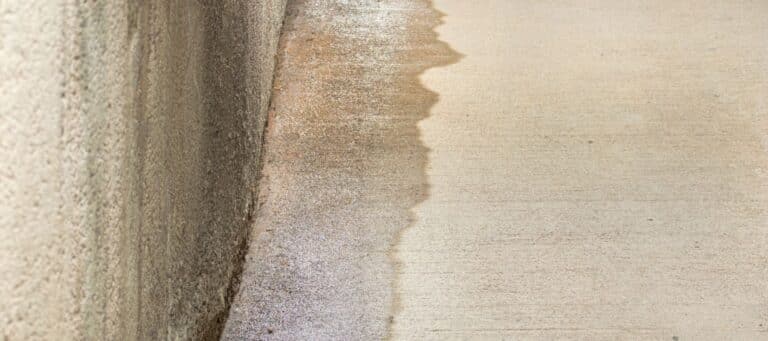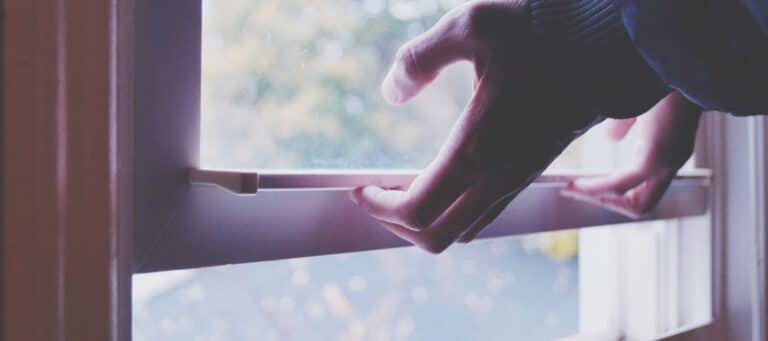Foundation & Concrete Cracking Outside Your Texas Home
Exterior Cracks: What They Mean For Your Home’s Foundation
Noticing a crack in your exterior concrete or siding? At G.L. Hunt Foundation Repair, we know how alarming it can be to spot damage on the outside of your home. While some minor exterior wall cracks may be cosmetic, others can signal deeper issues with your foundation — and ignoring them could lead to costly repairs down the line.
In this guide, we’ll walk you through what causes cracks in exterior walls, when to worry and how exterior wall crack repair works.
What Causes Cracks In Exterior Walls?
Cracks on the outside of your home don’t just appear out of nowhere. They’re typically the result of natural wear and tear, environmental conditions or underlying structural problems. Understanding the source is the first step in deciding how to address them.
Here are the most common causes of exterior foundation cracks:
- Temperature fluctuations — Hot summers and sudden cold snaps can cause concrete and masonry to expand and contract, resulting in cracks.
- Soil movement — In Texas, expansive clay soils swell and shrink with moisture levels, putting pressure on your foundation.
- Foundation settlement — Over time, parts of your foundation may sink or shift, creating stress points that lead to cracking.
- Poor drainage — Water pooling near the base of your home can erode soil and weaken the foundation.
These factors can work alone or together, gradually shifting the foundation and causing visible signs of damage on the outside of your home.
When Is A Crack In The Exterior Wall A Problem?
Not all cracks are created equal. While hairline cracks may be harmless, others can indicate serious structural movement. So, how do you know which ones need attention?
Look for these warning signs that a crack in an exterior wall could be a red flag:
- The crack is wider than 1/4 inch
- You notice stair-step cracks in brick or block
- Cracks are getting longer or wider over time
- There are multiple cracks around the home’s perimeter
- Doors and windows nearby are sticking or misaligned
If you notice any of these signs, it’s time to bring in a professional. These symptoms often mean your foundation is shifting, and early intervention can prevent more extensive damage.
STAIR-STEP
CRACKS
Frequently indicate significant differential settling or structural instability. Immediate inspection by a G.L. Hunt foundation specialist is strongly advised.
VERTICAL
CRACKS
Commonly due to foundation settling. Typically minor, but should be monitored regularly. If cracks widen, professional evaluation is recommended.
HORIZONTAL
CRACKS
Indicate serious structural issues, often caused by soil or water pressure against foundation walls. Immediate evaluation by a foundation expert is strongly recommended.
DIAGONAL
CRACKS
Often signify uneven settling or soil shifts. Indicates foundation movement. If wider than ⅛ inch, have cracks professionally inspected promptly.
SHRINKAGE
CRACKS
Commonly form 1-2 months after foundation pouring. Usually minor if hairline and stable, but should be regularly monitored for signs of spreading or widening.
What Does Exterior Wall Crack Repair Involve?
Once the cause of the cracks is identified, the next step is deciding how to repair them. At G.L. Hunt, we don’t believe in one-size-fits-all solutions. Instead, we provide targeted repairs based on the condition of your home and foundation.
Here are some of the common techniques we use for exterior wall crack repair:
- Foundation piering — Installing support piers beneath the foundation to stabilize and lift affected areas helps prevent further shifting and restores structural integrity.
- Concrete repair — If foundation movement has caused cracking or displacement in nearby concrete features — like sidewalks, driveways, porches or stair steps — we can restore these surfaces to improve both safety and curb appeal.
- Water management — We can improve drainage around your home to reduce soil movement and prevent future cracking. This might include regrading, installing French drains or adding downspout extensions.
These solutions are designed not just to fix the current cracks, but also to address the root causes and prevent them from coming back.
Should You Fix Exterior Foundation Cracks Right Away?
In a word — yes. Even small cracks can widen over time and allow water intrusion, pest entry or structural weakening. More importantly, a crack in exterior concrete could be an early indicator of foundation failure.
Delaying repairs may lead to more complex (and expensive) problems. Having a professional inspect the issue can give you peace of mind and help you make informed decisions about your home.
Trust G.L. Hunt for Exterior Crack Repairs In Texas
If you’ve spotted exterior wall cracks or are concerned about your foundation, don’t wait. The experts at G.L. Hunt have decades of experience diagnosing and repairing foundation problems across Texas. We offer free inspections, honest assessments and customized solutions that protect your home and your peace of mind.
Schedule your free evaluation today and let G.L. Hunt help you restore the integrity of your home from the ground up.
Related Articles
For more expert information about your foundation, crawl space and drainage needs, check out our helpful articles!
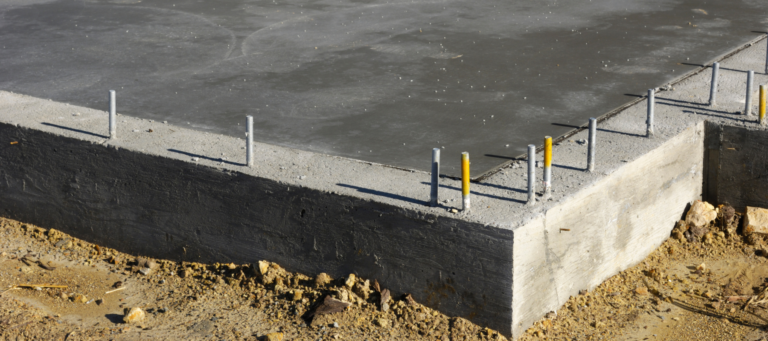
Common Foundation Problems
How Does Dallas Weather Affect My Concrete Slab?
Foundation Damage From Weather If you live in Dallas, you know the saying: “If you…
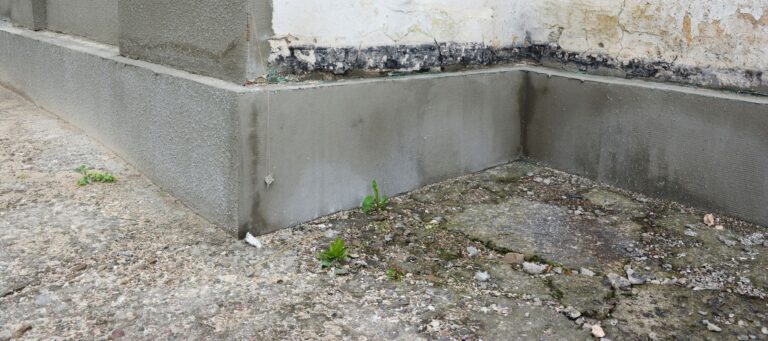
Foundation Repair
How Common Are Foundation Problems In Dallas?
Foundation Issues In Dallas Are Very Common Foundation problems are a significant worry for Dallas…
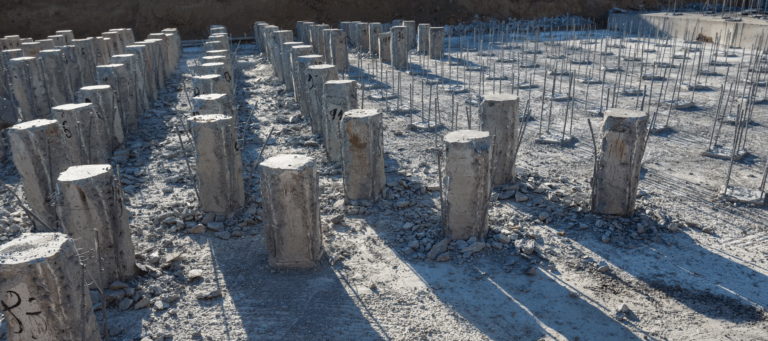
Foundation Repair
Dallas–Fort Worth Guide To Stronger Foundations With Steel, Concrete And Hybrid Piers
Why Steel And Concrete Piers Outperform Helical Pier Foundations When homeowners in the Dallas–Fort Worth…
